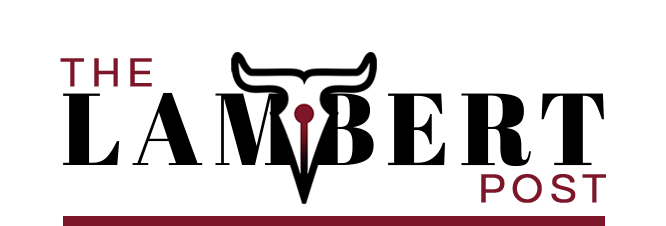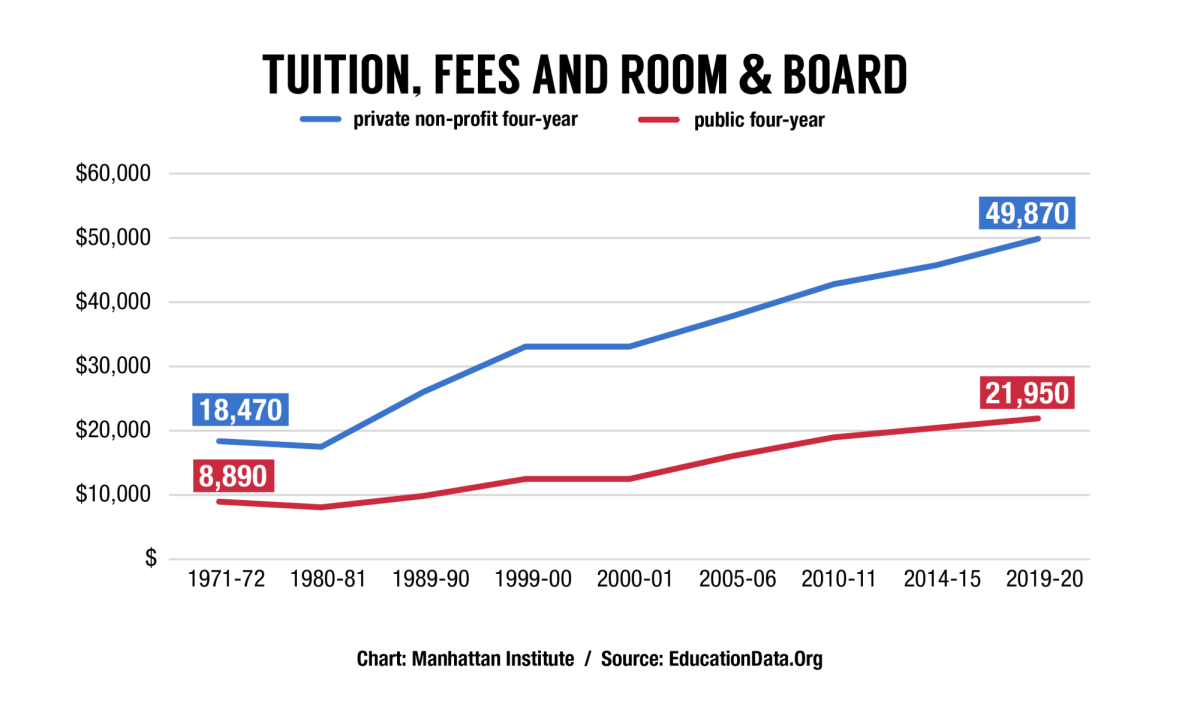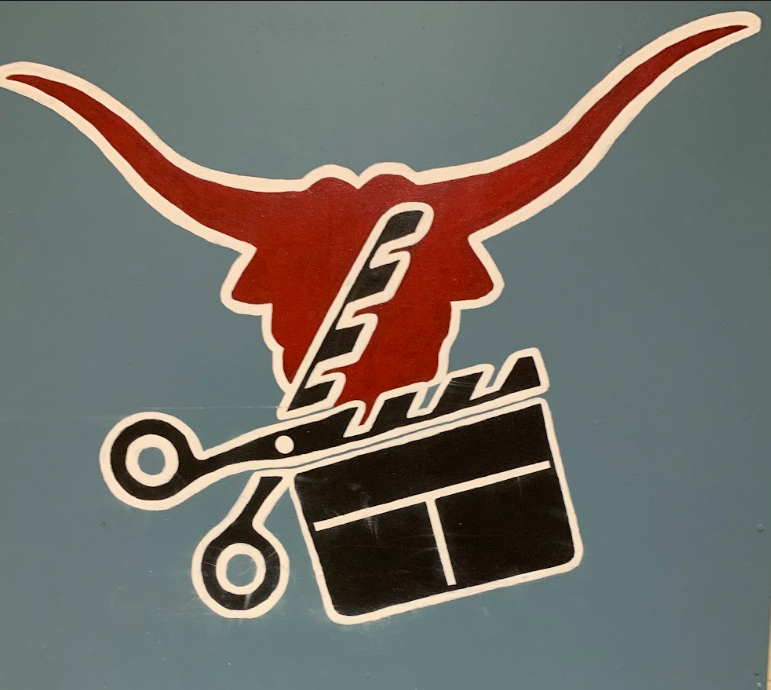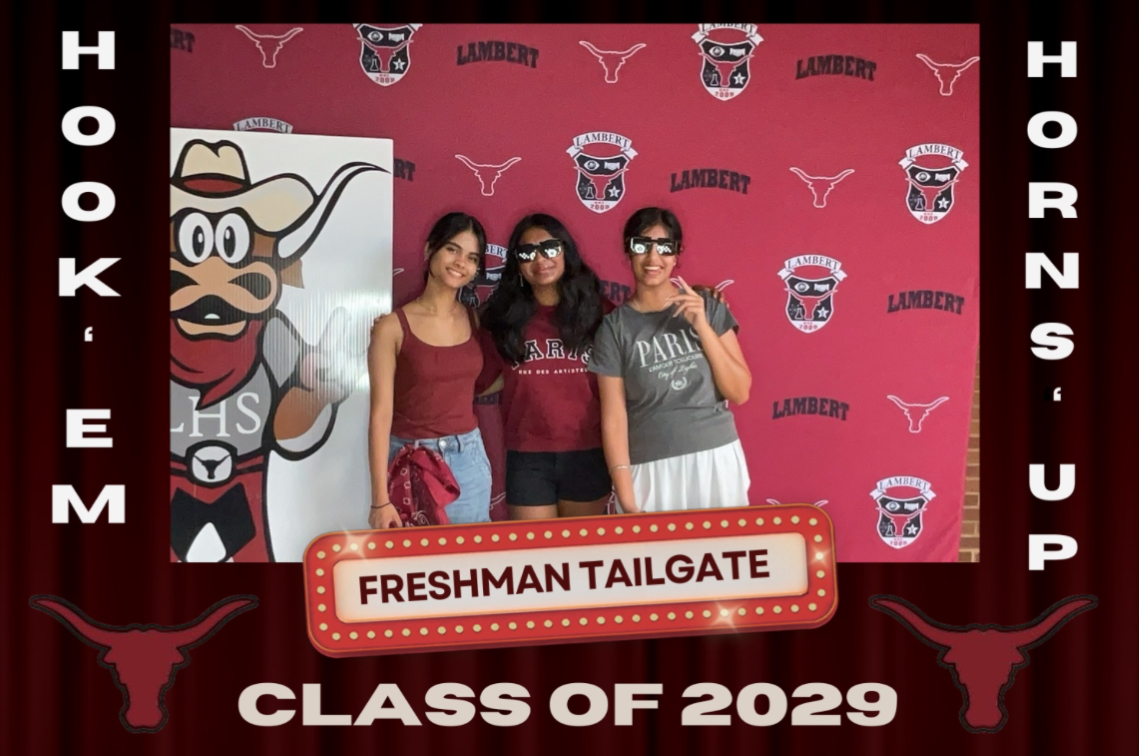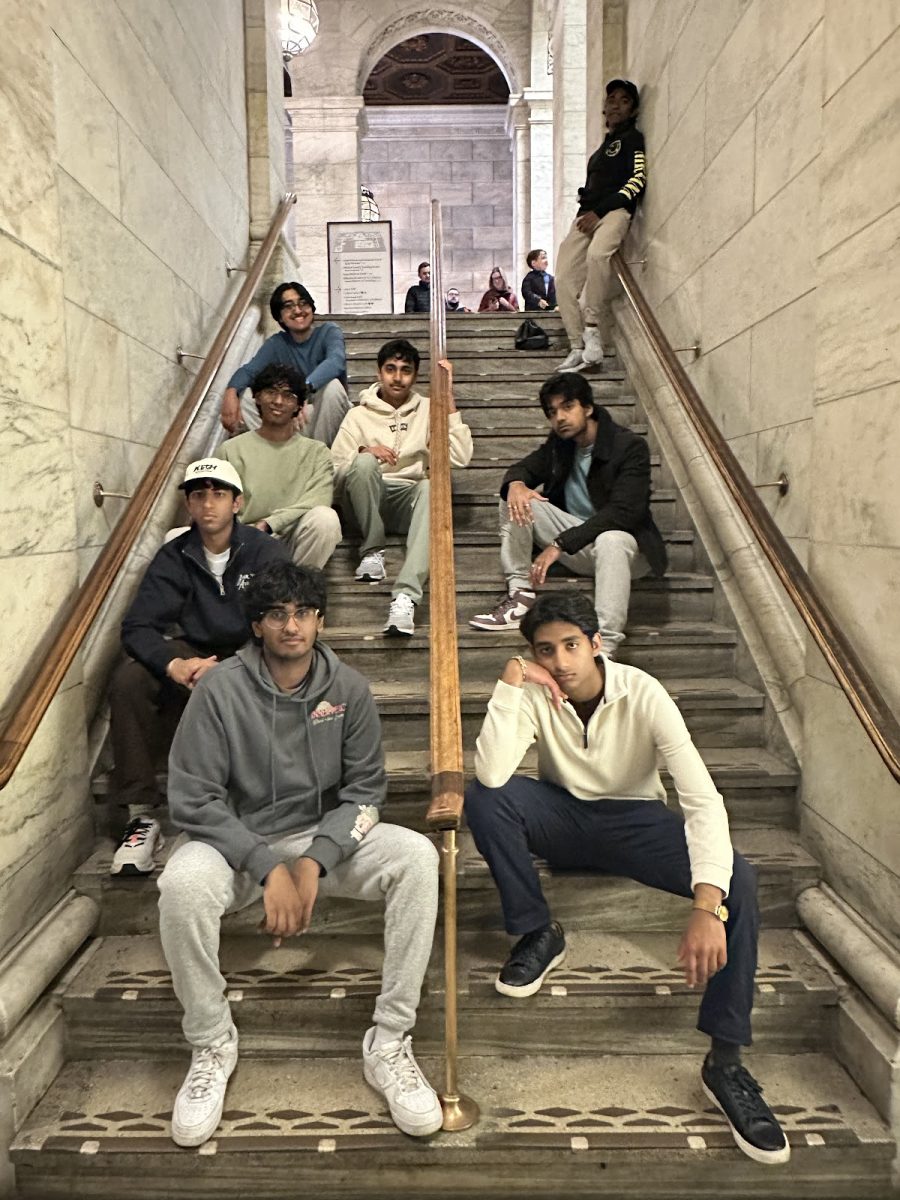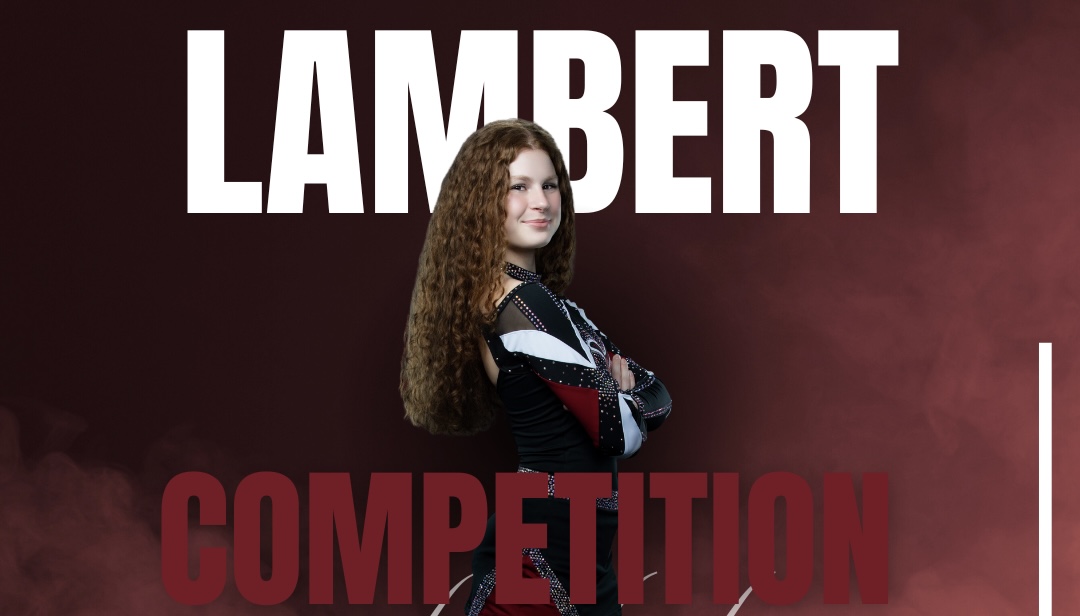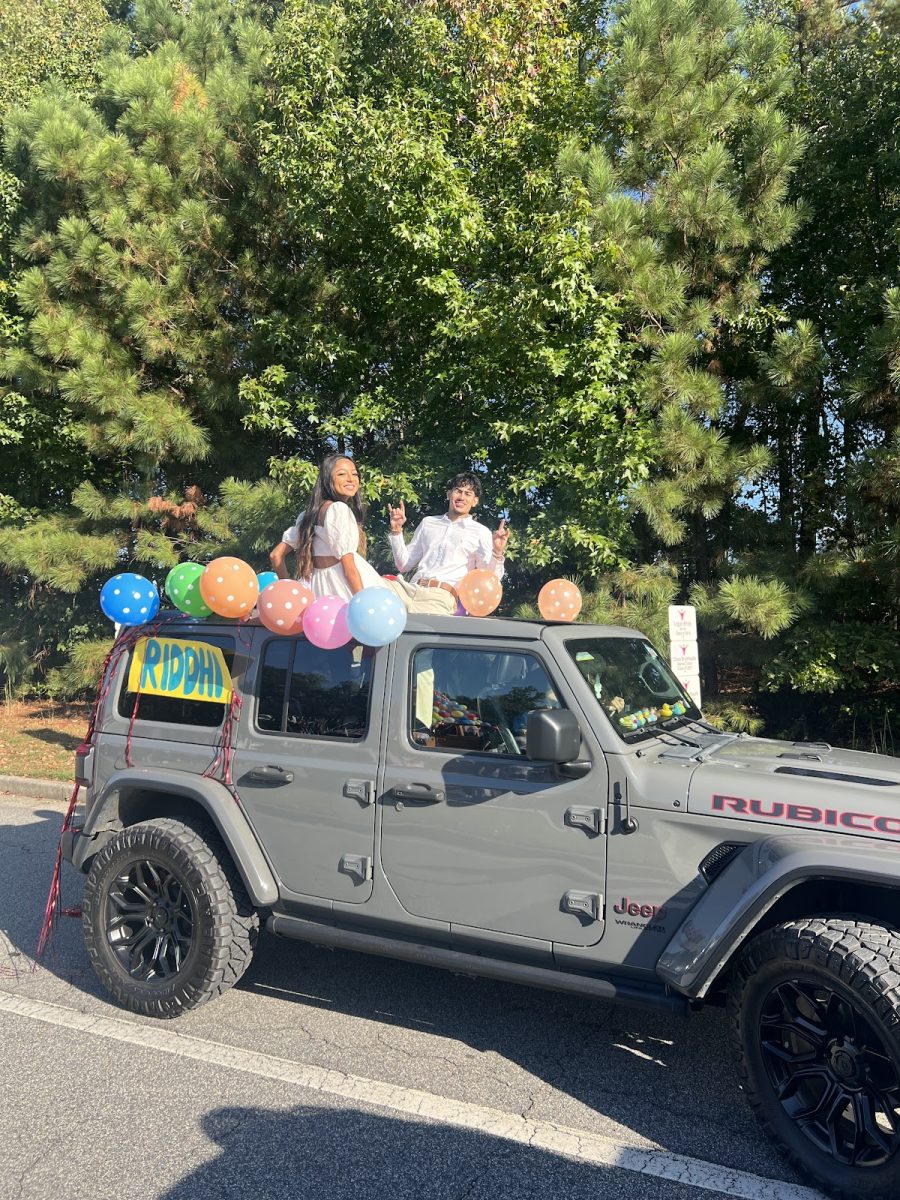For decades, postsecondary education has been glorified as the route to a better future, with advocates claiming that college graduates often await better job opportunities, career advancement and overall satisfaction in both personal and professional realms. With college increasingly touted as a necessity for success, an intensified focus has been placed on students to attend the most selective universities. As application numbers skyrocket, acceptance rates drop and tuition rates rise, many have begun to question the validity of the process as well as preconceived notions regarding the impetus of college in student success.
A major dichotomy in the current educational landscape is the increased selectivity of admission coupled with an approximate 15% decrease in nationwide college enrollment in recent years. Students are finding it harder than ever to gain acceptance to top universities amidst a hypercompetitive landscape and an ‘Ivy-or-bust’ mentality, resulting in increased stress and anxiety as well as unrealistic expectations about their college results. However, enrollment in college has also been on a steady decline since 2010, with financial concerns being at the forefront of this downward spiral. This makes for a double-pronged issue at the heart of higher academics, with talented students struggling to find postsecondary reward for their efforts while prospective attendees continue to dwindle in a volatile educational landscape.
“The applicant pool keeps getting stronger each year, but less and less people are getting into colleges they think are representative of their achievements in high school,” Lambert senior Shyam Sivan said. “This also creates an unhealthy mindset of only aiming for the top 10 or 20 colleges, while anything else is viewed as a failure.”
The often grueling application process can leave students with a lack of transparency, as colleges do not provide insight or information as to why a given admissions decision was made. This can leave many applicants with a sense of low self-esteem and lack of clarity in the event of an unfavorable outcome, posing a risk to student achievement and adolescent mental health as a whole. Furthermore, the bludgeoning costs of a higher education can also dissuade even the most successful applicants, with tuition inflation averaging 3.63% annually from 2010-2011 to 2022-2023 and public tuition costs skyrocketing 36.7% from 2010 to 2023. Highly-ranked schools also boast steep price tags, with the average total cost of an Ivy League education ranging from $82,866 to $89,425 annually. Clearly, the various issues plaguing the admissions process have a marked effect on collective interest and access to higher education, leaving many with skepticism regarding the intrinsic value of a ‘top’ college education.
The educational landscape also faces its own inherent challenges, with many colleges across the United States closing their doors due to decreased enrollment and financial constraints. With students electing to apply to the same set of top-ranked universities, many smaller, localized colleges are at risk of shutting down, removing crucial educational opportunities for prospective students and further propagating the damaging cycle in higher education. In fact, CNBC reports that since 2016, 91 smaller private colleges have either closed, merged or stated plans to close, demonstrating an increased monopolization of postsecondary opportunities and critical lack of financial support. As enrollment numbers drop, smaller schools lose financial backing and can no longer provide the same range of student offerings, causing interest to further plunge and a continuation of this vicious loop. Furthermore, schools deemed more prestigious and selective often receive greater financial benefits from numerous application fees and high tuition prices, which accepted students are often willing to pay. This makes access to a high-quality college education marginalized to a small set of candidates and schools, posing a severe threat to more small-scale, local universities. Coupled with an almost exclusive focus on select Science, Technology, Engineering and Math (STEM) majors such as computer science, engineering and healthcare, smaller, often liberal arts-oriented universities face a detrimental compounding effect threatening their very existence. This makes for a crumbling landscape in continued academics, one that many students are opting to avoid entirely as these issues continue to fester.
While numerous merit and need-based scholarships and higher education programs are available to prospective college students, the underlying issue persists of these opportunities only being available to a select few. Most merit scholarships, such as the Coca-Cola Scholars Foundation and the National Merit Scholarship, are extremely competitive, with around 1% of applicants receiving these distinctions each year. Additionally, most need-based scholarships and aid packages—both institutional and third-party—are primarily aimed at low-income students, meaning that the vast majority of students are left out of consideration. Such programs, while benefiting scholars in dire financial need, are simply not accessible for middle-class students, who lack the demonstrated need to qualify for need-based aid as well as the ability to cover high tuition costs outright.
“I think many students who don’t have the money to just pay for college and don’t meet the requirements to receive need-based aid can get discouraged easily by the process,” Sivan explained. “A lot of them don’t see a matching [return on investment] for the costs of college.”
With financing and student debt at the forefront of skeptical students’ minds, many have found alternatives to typical four-year programs both online and through vocational schools. The recent COVID-19 pandemic has also led to an increased demand for technical skills and labor, leading many to flock towards nontraditional education in order to meet this need. Numerous online universities have also emerged in light of the pandemic, offering affordable and convenient degree plans for those with financial difficulty or need for a part-time college option. While markedly different from mainstream trends in higher education, this trend towards online and vocational education has helped bridge the gap for students previously averse to existing postsecondary options. Furthermore, this movement allows for those in specialized technical fields to gain direct skills applicable to the modern workforce, demonstrating the value that alternative degree options potentially provide with regards to professional development and success.
For those seeking a mainstream education, many states have both merit and need-based scholarship offerings that apply to a wider range of students and are not capped in availability. For instance, Georgia’s HOPE and Zell Miller programs offer 80% and 100% tuition assistance, respectively, based on a given grade point average (GPA) cutoff, meaning that any and all students above that mark are eligible for guaranteed aid. While the cost of a college education may still loom large for many, state-based programs such as these can help with making higher education more affordable and attractive to prospective students. The intrinsic value of a degree, in the end, varies from person to person, and while postsecondary institutions face their own sets of challenges, generous scholarship programs and new alternatives to traditional education have the potential to pave new ground in the ever-changing world of higher education.


